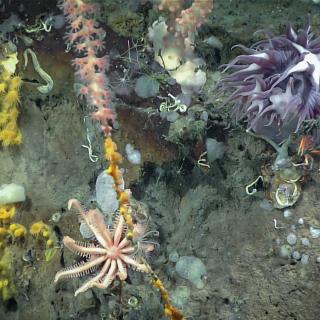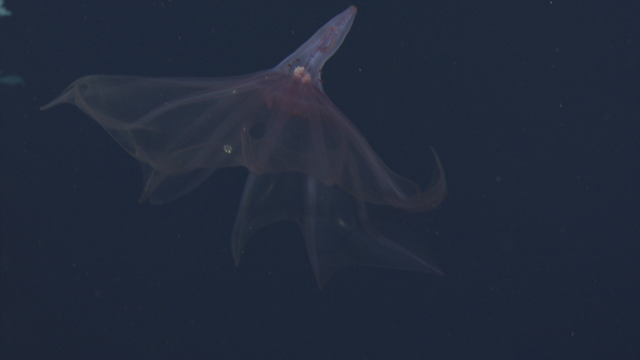Built different: Unique adaptations of Palau’s deep sea life
What are the unique adaptations of deep-sea organisms? Here are some examples from Lebuu’s Voyage II!
The deep sea, a realm of mystery, is broadly defined as the ocean depth where light begins to fade, at an approximate depth of 200 m. Conditions within the deep sea are a combination of low temperatures, darkness, and high pressure. This enigmatic environment is considered the least explored Earth biome, with its extreme conditions making it a challenging puzzle for researchers to access and explore.
Life in the deep sea is a testament to the adaptability of organisms. They have evolved a variety of feeding methods, including scavenging, predation, and filtration. Some organisms even survive on marine snow, organic material that falls from the upper waters, showcasing the diversity of life in this unique environment.
This photo album was created by SCF’s Amanda Dedicatoria, Kim Etsitty, and Blodak Quichocho.

Lebuu's Voyage II - Palau
Building on the progress in the first expedition, this 11-day expedition will continue exploring Palau National Marine Sanctuary (PNMS) to understand seafloor features and the biodiversity that call deep sea habitats around Palau home. Specific cruise objectives will continue to be refined as we work with community and scientific partners.















